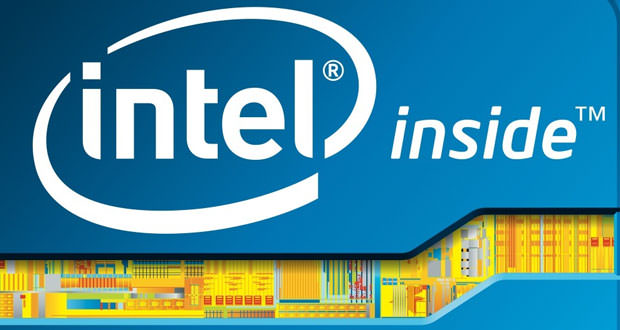Intel Core i9 processors also for the most powerful notebooks
Intel will extend the Coffee Lake family of CPUs offering several versions with 6-core architecture, among which a Core i9 model with very high clock frequencies stands out.
There will also be a processor version belonging to the Core i9 range in the series of CPUs for notebook systems, based on Coffee Lake architecture, which Intel will make available in the coming months. These are higher-end models, which in some versions will offer up to 6 cores without the reduced overall size of the notebook systems in which they will be integrated.
Core i9-8950HK is the name of the proposed top of the family, with 6 cores inside with a base clock rate of 2.9 GHz and the possibility to go up to 4.8 GHz as the maximum Turbo clock for a single core (4.3 GHz with all the cores pushed to the maximum). The L3 cache will reach a total of 12 Mbytes, a figure parallel to that of the higher-end Coffee Lake proposals for desktop systems available on the market at the moment.
Going down with the price positioning, we will find the Core i7-8850H processor, always proposed in 6 cores but equipped in this case with 6 Mbytes of L3 cache. The base clock frequency of 2.6 GHz is accompanied by boost clock data of 4 GHz with all cores and 4.3 GHz using only one of the cores at most. Similar specifications are those of the Core i7-8750H model, with only a marginal reduction in clock frequencies: 2.2 GHz as the base data, 3.9 GHz as the Turbo value with all the cores used and 4.1 GHz as boost clock to single core level.
Next we will find two models with an architectural quad core and 8 threads, against the 6 cores and 12 threads of the Core i9 and Cofre i7 models indicated above. The Core i5-8400H CPU will have a clock frequency of 2.5GHz, with clock-boost of 4.1GHz for all cores and 4.2GHz at the single-core level. For the Core i5-8300H model we will find invecde base clock equal to 2.3 GHz, with Turbo values equal to 3.9 GHz and 4 GHz respectively.
Finally an indication on consumption levels, which should be equal to 45 Watt of TDP for all versions with the expected exception of the CPU core i9-8950HK that could touch a peak of 65 Watt by virtue of the clcok frequencies so high.
To complete the range, we will also find two proposals from the Xeon family, intended for mobile workstations. For the Xeon E-2186M CPU a clock frequency of 2.9 GHz is indicated, with data of 4.3 GHz (all core) and 4.8 GHz (single core) for the Turbo frequencies. For the Xeon E-2176M CPU will not change the number of cores, equal to 6 with HyperThreading technology, while the clock frequencies will be equal to 2.7 GHz, 4.1GHz and 4.4GHz with L3 cache that will go from 12 to 9 Mbytes.

